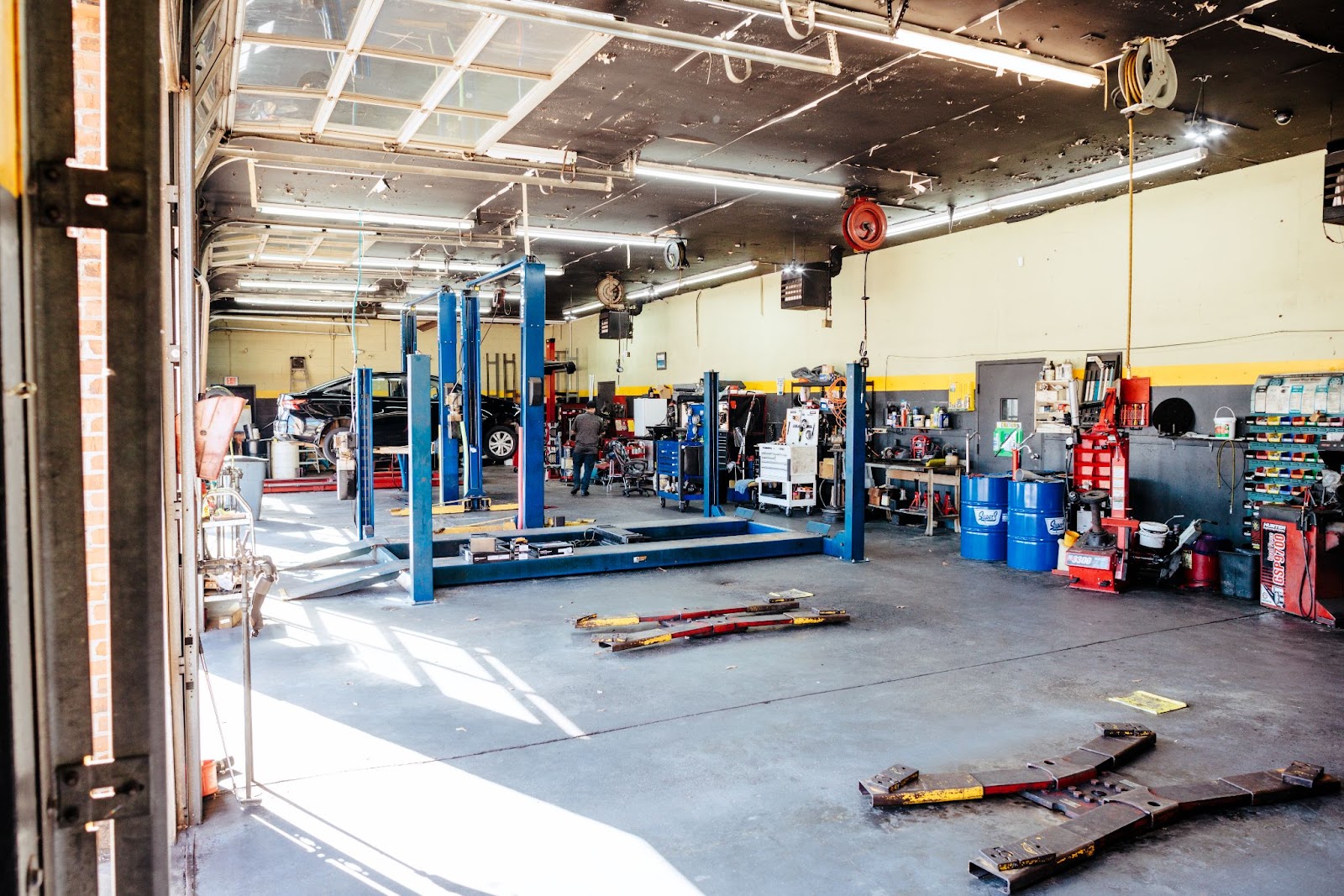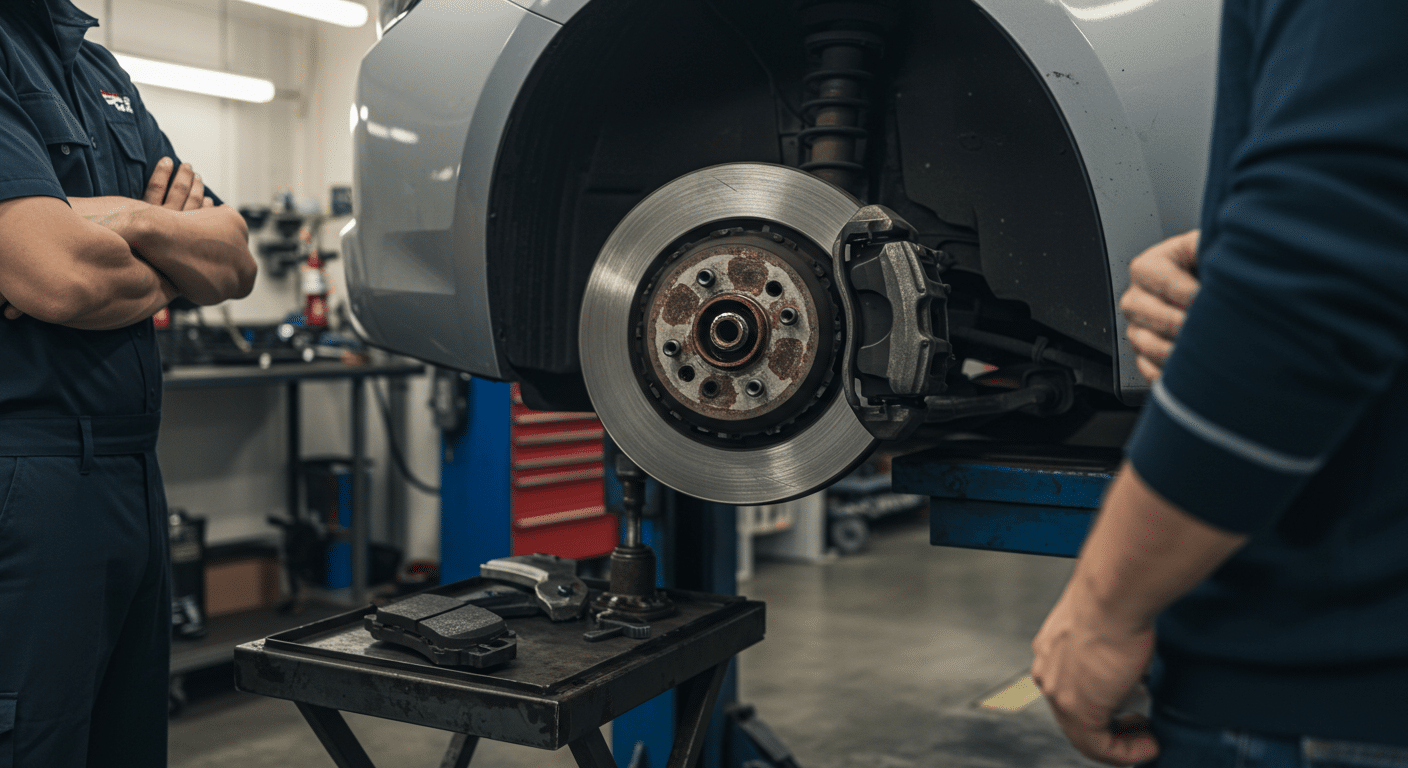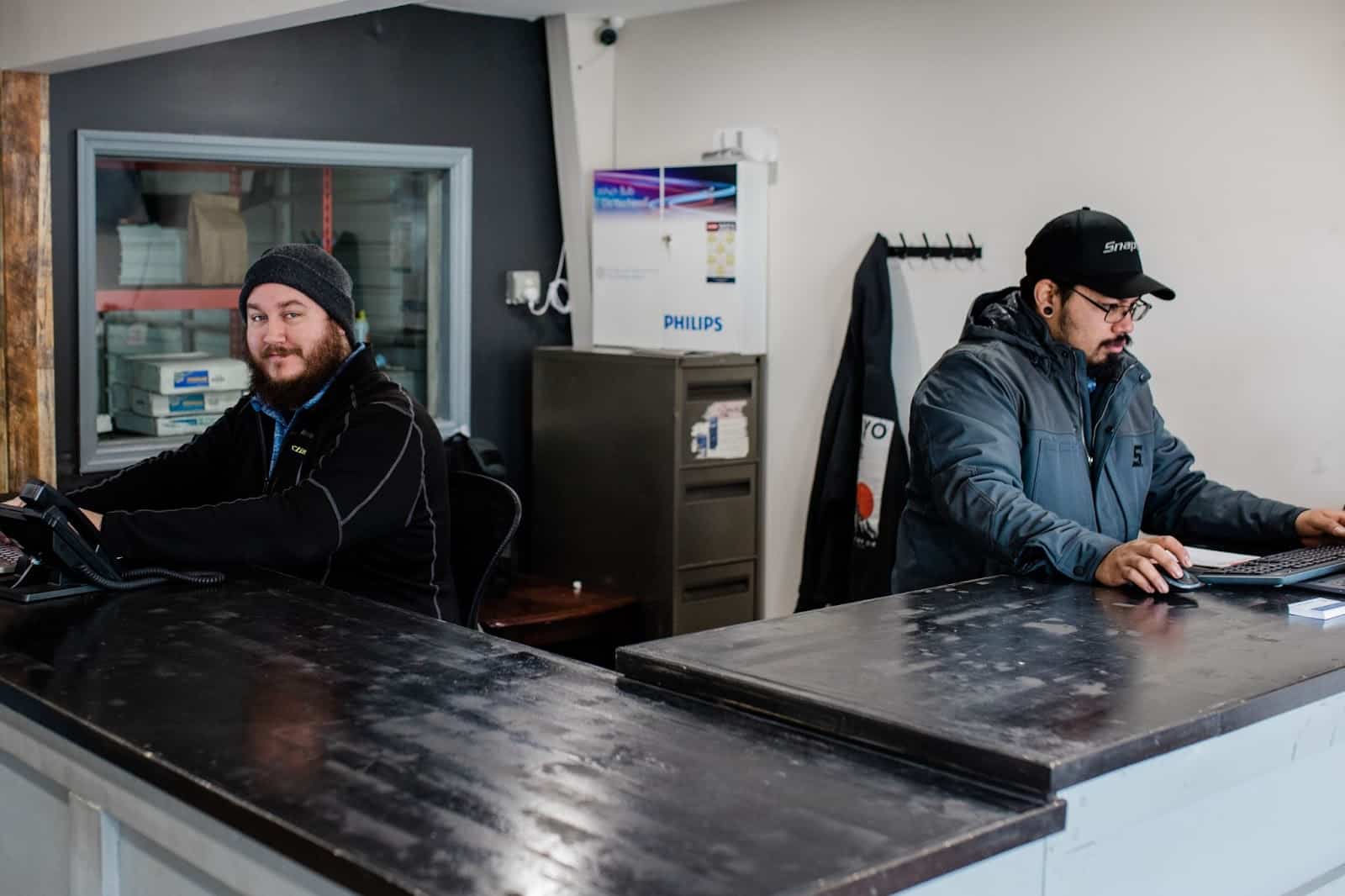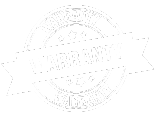How Much Should It Cost to Replace Brake Pads and Rotors?

Sharing this:
When that telltale squealing or grinding sound starts coming from your wheels, you know it's time to address your vehicle's braking system. Brake maintenance isn't just about preserving your car's performance; it's critical for your safety on the road. But for many drivers, the uncertainty around brake replacement costs can lead to procrastination or overpaying.
The cost to replace brake pads and rotors can vary significantly based on several factors, including vehicle type, parts quality, and where you get the service performed. At Blue Ridge Automotive, we've seen firsthand how understanding these variables can help drivers budget appropriately and avoid unnecessary expenses.
In this comprehensive guide, we'll break down everything you need to know about brake replacement costs, help you identify when replacement is necessary, and provide tips for getting the best value without compromising your safety.
Know What You're Paying For: Key Brake Components Explained
Before diving into costs, it's important to understand what you're paying for. Your vehicle's braking system consists of several crucial components that work together to stop your car safely.
Brake pads are the friction material that presses against the rotors to slow your vehicle. Made of composite materials designed to withstand heat and pressure, these components naturally wear down over time. Most vehicles use different types of brake pads. Whether semi-metallic, ceramic, or organic, each pad has varying price points and performance characteristics.
Rotors (also called brake discs) are the metal discs attached to your wheels that the brake pads clamp onto when you press the brake pedal. These can become warped or worn over time, reducing braking efficiency and safety. Unlike pads, rotors are typically made of cast iron or carbon-ceramic material for high-performance vehicles.
Calipers are the components that house the brake pads and push them against the rotors when you press the brake pedal. While calipers generally last longer than pads and rotors, they can occasionally need replacement or rebuilding.
According to industry data from 2024, most drivers replace their brake pads every 30,000 to 70,000 miles, while rotors typically last for 50,000 to 70,000 miles, depending on driving habits and conditions. At Blue Ridge Automotive, our technicians can perform a comprehensive brake inspection to determine exactly which components need attention.
Plan Your Budget: What Brake Pad and Rotor Replacement Really Costs

The cost of replacing brake pads and rotors can vary widely depending on several factors, but understanding average price ranges can help you budget appropriately.
For standard brake pad replacement alone, most drivers can expect to pay between $250 and $350 per axle. This typically includes the parts and labor for replacing just the brake pads on either the front or rear wheels.
When replacing both brake pads and rotors, the cost increases significantly. On average, expect to pay between $500 and $800 per axle for parts and labor. This higher price reflects the additional cost of the rotors themselves and the extra labor required.
Here's a more detailed breakdown of what contributes to these costs:
- Part Costs: Brake pads range from $75 to $125 per set, depending on quality, while rotors typically cost between $75 and $175 each.
- Labor Costs: Professional installation typically runs between $125 and $175 per hour, with a complete brake job taking 1-3 hours, depending on the vehicle.
Premium or performance vehicles like Mercedes, BMW, or Audi will typically fall at the higher end of these ranges or even exceed them, with some luxury brake jobs costing $1,000 or more per axle.
Understand What Drives Brake Service Pricing
Several key factors can significantly impact how much you'll pay for brake service:
Vehicle Make and Model
The type of vehicle you drive is perhaps the biggest cost determinant. Economy cars typically have the most affordable brake components, while luxury and performance vehicles require specialized, more expensive parts. For example, replacing brake pads and rotors on a Honda Civic might cost $450-600 for the front axle, while the same service on a BMW 5-series could easily exceed $800.
Truck and SUV owners should also expect higher costs due to the larger, heavier-duty components required for these vehicles. These larger vehicles put more strain on braking systems, requiring more robust parts that come with higher price tags.
Quality of Replacement Parts
Brake components come in various quality levels, from economy to premium and performance grades:
- Economy/standard parts typically cost 30-50% less than premium options, but may wear out faster
- OEM (Original Equipment Manufacturer) parts match what came with your vehicle from the factory
- Premium aftermarket parts often offer improved performance or longevity
- Performance or specialty parts designed for specific conditions can cost significantly more
According to a 2024 industry survey, premium brake pads last approximately 25% longer than economy options, potentially offering better value despite the higher initial cost.
Service Location
Where you get your brake work done significantly impacts your total cost:
- Dealerships typically charge the highest rates, often 20-40% more than independent shops
- Independent repair shops usually offer more competitive pricing with comparable quality
- Chain repair facilities may offer promotions, but sometimes use lower-quality parts
- DIY replacement saves on labor but requires tools and expertise
At Blue Ridge Automotive, we provide competitive pricing while using high-quality parts and employing ASE-certified technicians who specialize in brake systems.
Spot the Warning Signs Before Brake Problems Worsen

Knowing when to replace your brakes can save you money and prevent dangerous failures. Here are the telltale signs that your braking system needs attention:
Audible Warning Signs
That high-pitched squealing when you apply the brakes isn't just annoying, it's a deliberate design feature. Most brake pads include wear indicators that create a squealing noise when the pad material has worn down to a certain level.
If ignored, this squealing eventually transitions to a harsh grinding sound, indicating metal-on-metal contact that's damaging your rotors. Other concerning sounds include clicking, rattling, or vibrating noises when braking, which could indicate loose components or unevenly worn pads and rotors.
Physical and Performance Indicators
Beyond sound, your vehicle provides several other indicators of brake system issues:
- Vibration or pulsation in the brake pedal often indicates warped rotors
- Longer stopping distances suggest reduced braking efficiency
- A brake pedal that feels "soft" or sinks to the floor may indicate hydraulic problems
- Pulling to one side during braking suggests uneven wear or a stuck caliper
- Visual inspection shows less than 1/4 inch of pad material remaining
According to the National Highway Traffic Safety Administration (NHTSA), brake-related problems contribute to approximately 22% of vehicle crashes caused by mechanical failure. Regular inspection and timely replacement are crucial safety measures.
For a professional brake inspection to identify potential issues before they become safety hazards, our certified technicians can provide a comprehensive evaluation.
Choose the Right Approach Between DIY vs. Pro Brake Replacement
Many car enthusiasts consider brake replacement a manageable DIY project, while others prefer leaving it to professionals. Each approach has distinct advantages and considerations.
DIY Brake Replacement
Taking the DIY approach can save you $150-300 in labor costs per axle. However, you'll need:
- Basic mechanical tools including jack stands, lug wrench, C-clamp, and socket set
- A safe workspace with solid, level ground
- Technical knowledge or the ability to follow detailed instructions
- 2-4 hours per axle for first-timers
The potential savings are significant, but the learning curve can be steep. A 2024 survey of DIY mechanics found that first-time brake jobs took an average of 3.5 hours per axle, compared to 1 hour for professionals.
Professional Brake Service Benefits
Having your brakes professionally replaced offers several advantages:
- Technician expertise and specialized tools ensure proper installation
- Additional inspection of related components that might need attention
- Labor warranties (typically 12-24 months) protect against installation issues
- Professional shops can properly dispose of old parts and hazardous materials
- Most shops can complete the job in 1-2 hours per axle
"We had a customer who attempted a DIY brake job and accidentally damaged an ABS sensor, turning a $500 brake job into a $900 repair," shares a service manager at Blue Ridge Automotive. "While DIY is tempting, safety-critical systems sometimes warrant professional attention."
Smart Ways to Cut Brake Replacement Costs Without Risking Safety
While brake replacement is a necessary expense, there are legitimate ways to reduce costs without compromising safety:
Compare Quotes and Options
Don't settle for the first estimate you receive. Getting quotes from 3-4 reputable shops can reveal significant price differences for the same service. When comparing, make sure you understand:
- What quality level of parts are they using
- Whether they're replacing both pads and rotors or just pads
- If the price includes additional services like caliper rebuilding or brake fluid flush
- What warranty is offered on parts and labor
Consider Partial Replacement When Appropriate
In some cases, you may not need to replace everything:
- Brake pads wear out faster than rotors; sometimes you can replace just the pads
- Front brakes typically wear 2-3 times faster than rear brakes due to weight distribution
- Some rotors can be "turned" (resurfaced) rather than replaced if they have adequate thickness
However, if rotors show signs of heat damage, cracks, or excessive wear, replacement is the safer option. A professional inspection can determine whether partial replacement is appropriate for your vehicle.
Timing and Maintenance Considerations
Regular maintenance can extend the life of your braking system:
- Address squealing or performance issues promptly before they cause rotor damage
- Consider brake service during other major maintenance for potential labor savings
- Follow manufacturer-recommended brake fluid replacement (typically every 2-3 years)
- Adjust driving habits to reduce brake wear (avoiding "riding" the brakes, harsh stops)
According to a 2024 maintenance study, drivers who respond promptly to the first signs of brake wear spent an average of 30% less on brake maintenance over their vehicle's lifetime compared to those who delayed service.
For comprehensive brake services that include thorough inspection and maintenance recommendations, our experts can help extend the life of your braking system while keeping you safe.
Get More from Your Brake Service with the Right Warranty

Not all brake jobs are created equal, and understanding warranty coverage can help you determine the true value of the service you're receiving.
Most quality brake components come with a manufacturer's warranty covering defects for a specific period, typically 12 to 36 months. However, these warranties usually cover only the parts themselves, not labor for replacement.
Shop-provided labor warranties vary widely, from as little as 90 days to "lifetime" coverage. When comparing quotes, consider the total warranty package. A slightly higher initial cost might provide significantly better warranty coverage, ultimately delivering better value.
When evaluating brake service providers, ask these specific warranty questions:
- What's covered under the parts warranty: just defects, or also normal wear?
- How long is the labor warranty if problems arise from installation?
- Are there mileage limitations on the warranty?
- What documentation is needed if warranty service is required?
Remember that proper maintenance also affects warranty coverage. Most warranties require reasonable care and maintenance of your vehicle to remain valid.
Frequently Asked Questions
How often do brake pads and rotors need to be replaced?
Brake pads typically need replacement every 30,000 to 70,000 miles, depending on your driving habits, vehicle type, and brake pad quality. Aggressive driving in stop-and-go traffic will wear pads faster than highway cruising.
Rotors generally last longer, often 50,000 to 70,000 miles, but can sometimes need replacement along with pads if they've become too thin, warped, or damaged. Regular inspections during oil changes can help catch wear before it becomes a safety issue.
Can I replace just the brake pads without replacing the rotors?
Yes, in many cases, you can replace just the brake pads if your rotors are still in good condition with adequate thickness remaining. However, if rotors show signs of scoring, grooving, or have excessive runout (wobble), they should be replaced simultaneously.
Some mechanics recommend at least resurfacing rotors when installing new pads to ensure proper contact and performance. This decision should be based on rotor measurements and visual inspection by a qualified technician.
What's the difference between economy and premium brake components?
Economy brake components typically use less expensive materials that may wear faster or provide less optimal braking performance. Premium brake components often feature higher-quality friction materials, better heat dissipation, and more precise manufacturing tolerances.
Premium pads might include features like chamfered edges to reduce noise and shims to prevent vibration. While premium components cost more initially, they often provide better value through longer service life, improved stopping power, and quieter operation, especially important for heavier vehicles or those used for towing.
How long does a brake replacement service take?
A professional brake replacement typically takes 1-2 hours per axle (front or rear) when performed by experienced technicians with proper equipment. This includes removing wheels, replacing components, and testing.
DIY replacements usually take considerably longer, about 2-4 hours per axle for someone with moderate mechanical experience, and potentially longer for first-timers. Complete brake jobs involving all four wheels, fluid flush, and other related services might require 3-5 hours total at a professional shop.
Will my car insurance cover brake replacement?
Standard auto insurance policies do not cover maintenance items like brake replacement, as these are considered expected wear components. Insurance only covers brake damage resulting from a covered accident.
Extended warranties or vehicle service contracts might cover brake components if failure occurs due to defects rather than normal wear, but most exclude wear items like brake pads. It's best to budget for brake maintenance as a regular ownership expense, similar to tires or oil changes.
Stay Safe and Informed with Smart Brake Maintenance Decisions
Replacing brake pads and rotors represents a significant but necessary investment in your vehicle's safety and performance. While costs typically range from $300-700 per axle for parts and labor, understanding the factors that influence pricing empowers you to make informed decisions.
By recognizing the signs of brake wear early, comparing service options carefully, and considering the total value, including warranty coverage, you can manage costs effectively without compromising safety. Remember that brakes are perhaps your vehicle's most critical safety system.
Investing in quality components and professional installation provides safety that far outweighs the potential savings of cutting corners. If you're experiencing any brake issues or approaching the typical replacement interval, contact a reputable service provider for an inspection and detailed estimate tailored to your specific vehicle.
About Blue Ridge Automotive
Blue Ridge Automotive offers full-service auto repair and maintenance, backed by over 25 years of experience in the Atlanta area. Our ASE-certified technicians specialize in brake system diagnostics, repairs, and replacements for all makes and models. Services include pad and rotor replacement, caliper repair, brake fluid service, and ABS diagnostics.
We stay current on braking technologies, from traditional systems to those in hybrid and electric vehicles, through ongoing technician training. Our shop uses OEM or premium aftermarket parts and backs all work with strong warranties. With advanced diagnostic tools, we catch brake issues early before they impact your safety.
Contact our team to schedule a full brake inspection and explore service options tailored to your vehicle. We’ve helped thousands of Atlanta drivers stay safe with reliable brake service that fits their needs and budget.



